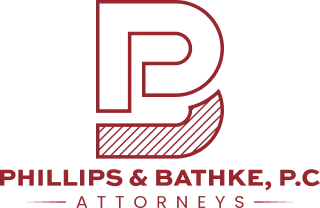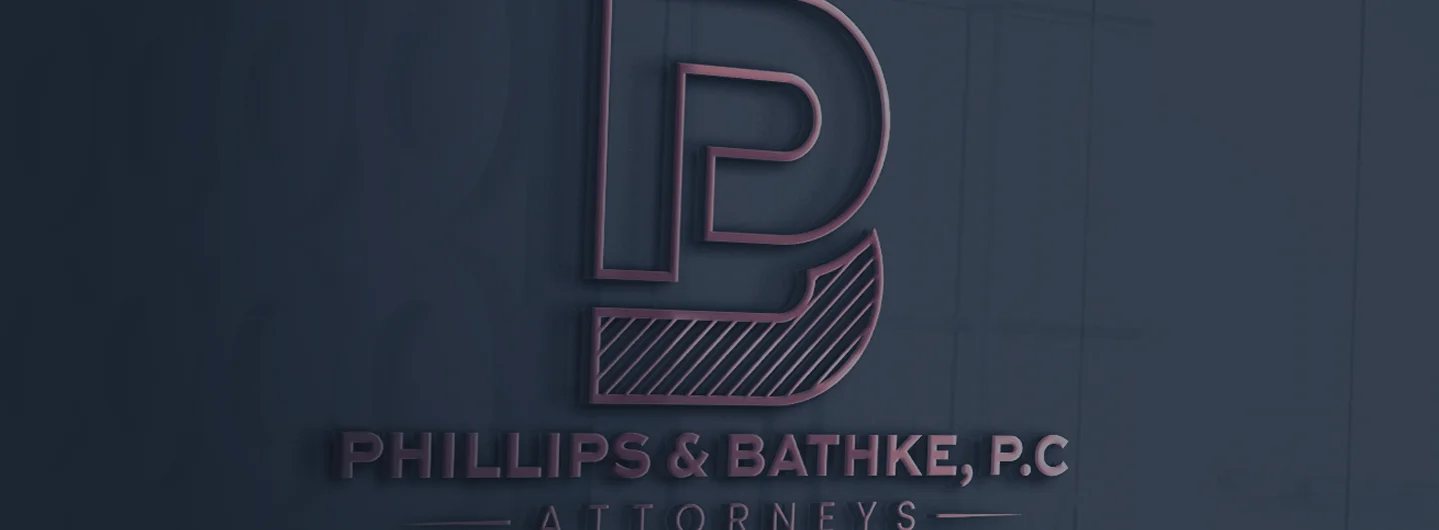
You have the perfect tagline that sums up your business, along with a sleek logo that finally looks exactly how your brand feels. These elements are all part of your brand identity. Like a good business owner, you want to protect them. But you may ask yourself, “Can I trademark a slogan or logo?”
Trademarking is not a quick online form or a magic government stamp of approval. You have to know what you can and cannot protect. Fortunately, most logos and slogans are able to be trademarked, but there are a few conditions that they must meet. Here is what you need to know to qualify and how to do it right.
What Does a Trademark Do?
First things first, a trademark does not give you ownership over a word or design in general. However, it does protect how that word, phrase, or logo is used to identify your goods or services.
It is like your brand’s signature. This is a way for customers to recognize that you are behind the product instantly. The U.S. Patent and Trademark Office (USPTO) explains it as something that helps consumers “identify and distinguish” your business from competitors.
You can trademark:
- Brand names like “Starbucks” or “Amazon”
- Logos such as the Starbucks siren or the Amazon arrow
- Slogans like “Just Do It” or “Because You’re Worth It”
- Even sounds or colors, in special cases, think of NBC’s chime or Tiffany Blue
Yes, your clever slogan or stunning logo can qualify for protection. The key here is distinctiveness.
When Does a Slogan Qualify for Trademark Protection?
The USPTO does not grant trademarks just because a phrase sounds catchy. Your slogan needs to be unique enough to identify your brand, not just describe your product.
If your slogan describes what you sell, like “Affordable Car Repairs,” then it will not qualify. However, if it is memorable, creative, and directly associated with your business, you are on the right track.
Can a Logo Qualify for Trademark Protection?
Logos are often easier to protect because they are visually distinct and recognizable. As the USPTO notes, designs, symbols, and stylized lettering can all function as trademarks.
If your logo features unique artwork, shapes, or typography, it may qualify. But designs like a plain circle or the letter “A” in a standard font might not. For these, you will need to show secondary meaning. With that, you must prove that consumers recognize that design as being uniquely yours.
When Would the USPTO Deny Your Claim?
Sometimes, creative ideas can hit a snag during the registration process. There are several reasons why the USPTO may reject slogans or logos. These include:
- Too descriptive: For example, “Fresh Pizza Daily” describes the product, not the brand.
- Generic: Words like “Bakery” or “Insurance” are too broad.
- Already taken: If someone else is using something similar, the USPTO might reject yours to avoid confusion.
- Used ornamentally: A printed phrase is not automatically a trademark unless it functions as a brand name.
- Common design elements: Basic shapes or fonts alone are not distinctive enough to protect.
Why You Want to File Early

Sometimes, the waters can get murky when it comes to first-to-use or first-to-file applications. If you have been using a logo or slogan, you do have some rights, but they are limited. Filing a trademark with the USPTO first usually wins the national rights. Even if you have been using your slogan for a while, waiting too long to file can put your brand at risk.
When you file a trademark, not only do you secure your rights, but you also add legitimacy to your business. Investors, customers, and partners take you more seriously when your brand is protected.
Get Protection for Your Logos and Trademarks
So, can you trademark a slogan or logo? Yes, as long as it is distinctive, tied to your business, and used consistently. If that is the case, then it is eligible for protection.
A registered trademark gives you the legal muscle to stop others from copying your identity. If you are not sure where to start, reach out to Phillips & Bathke, P.C. We can help you run a clearance search, prepare your application, and handle any hurdles from the USPTO. Contact us today to schedule a consultation.


